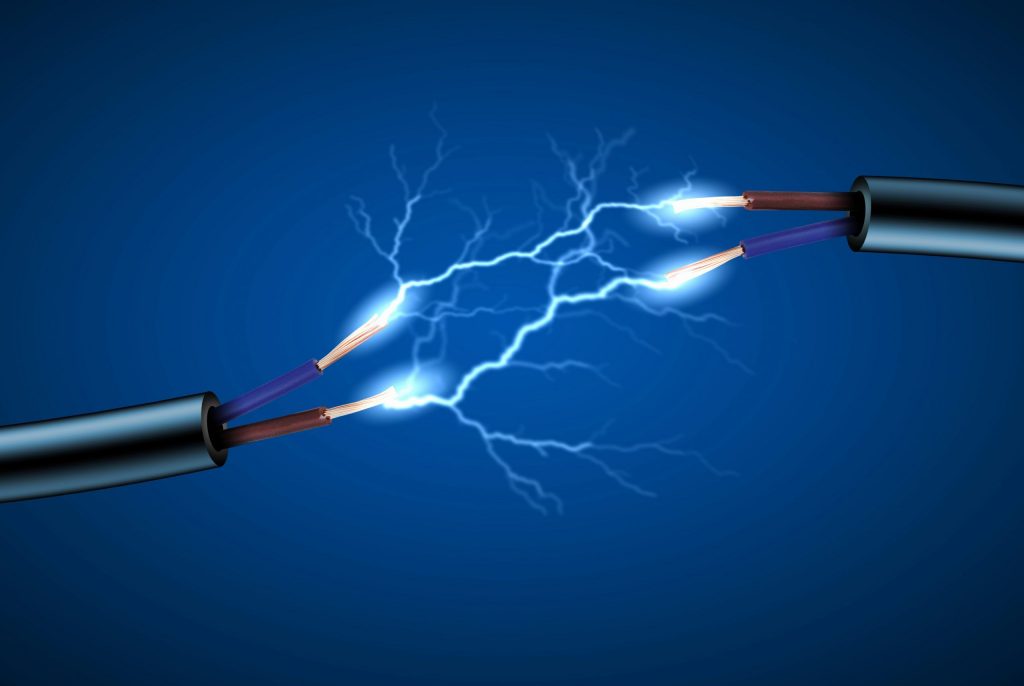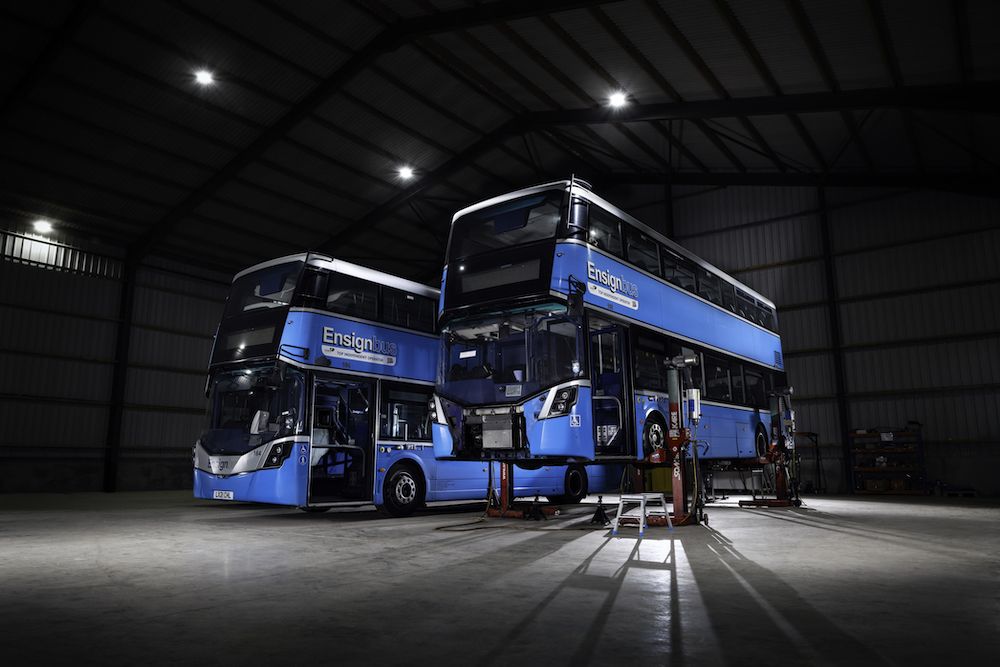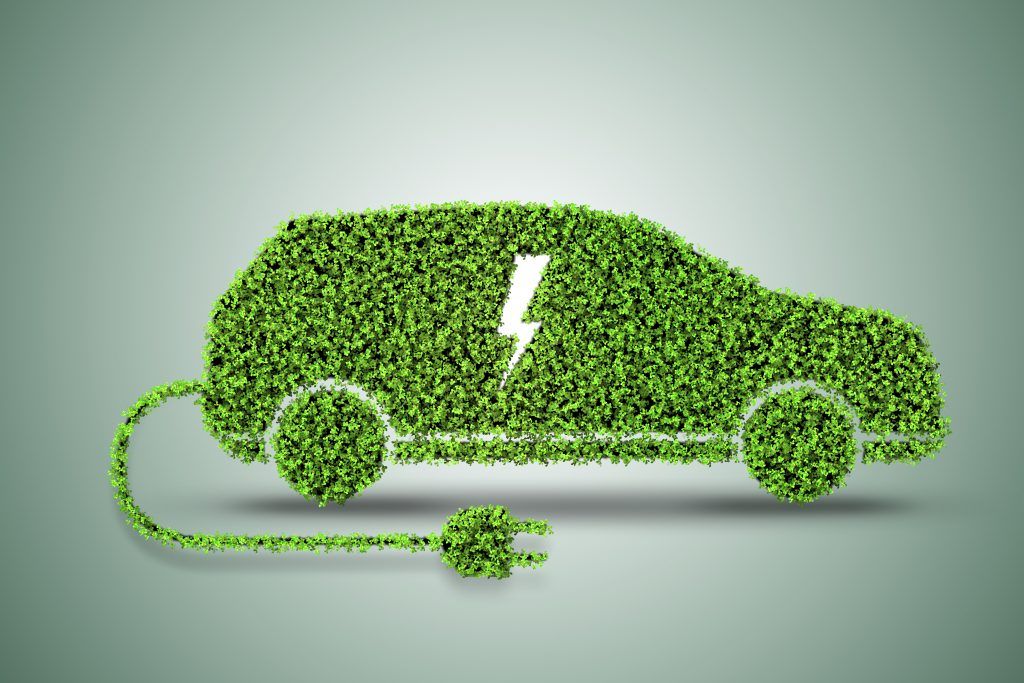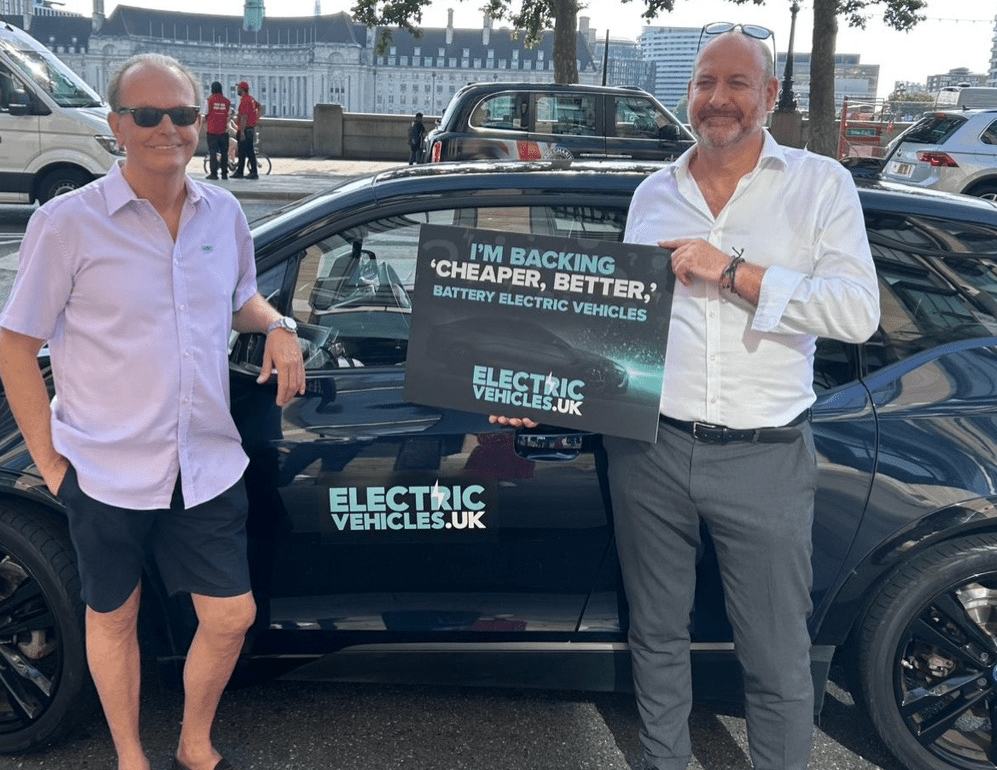The Energy Networks Association (ENA), which represents the UK’s energy network operators, has published a three-step plan to speed up connections to the grid.
The body made the plan as a response to “an unprecedented number of new connection applications” as the country moves towards a net zero energy network.
Since the UK’s first commercial wind farm in 1992, nearly 50GW of renewable electricity projects have been connected to the electricity networks in Great Britain, it said. In the next few years network operators are set to mobilise over £22bn of investment into the UK’s electricity distribution infrastructure, to help ensure the energy network supports everyone in making their net zero transition.
The existing connections model was designed for a generation of old technology, and it said “using the same model today is not fit for purpose” – especially when many projects are not yet ‘connection ready’ or do not have final investment decisions in place.
Some 69GW of new connection requests were received in the year to October 2022 – the equivalent of an entire grid’s worth of capacity looking to connect. The boom in applications means a “modern approach to managing connections is needed”, it said.
ENA has set out three immediate priority areas:
- Reforming the distribution network connections queue, promoting mature projects that are closer to delivery above those that may be ‘blocking’ the queue.
- Changing how transmission and distribution networks coordinate connections, improving their interactivity.
- Greater flexibility for storage customers through new contractual options.
These steps complement work under way by National Grid ESO at the transmission level, through their Five Point Plan and ongoing work with the transmission network operators on Connections Reform.
David Boyer, Director of Electricity Systems at Energy Networks Association, said: “The scale and pace of low-carbon power growth is something we should all be proud of. Developers and networks have connected around 50GW of renewable power since the 90s. But it’s clear that what got us here won’t get us there. If we are to meet net zero, we need to deliver even more, and do it even faster.
“The changes we’ve announced today will go a long way to speeding up connections, but more fundamental changes will be needed. Through the regulatory regime, we need to overhaul how connections are managed and enable networks to invest in capacity early. This early investment is crucial if we are to power millions of electric vehicles and heat pumps and connect the massive amounts of renewables and batteries we know are needed in the coming decade.”
Image from Shutterstock














